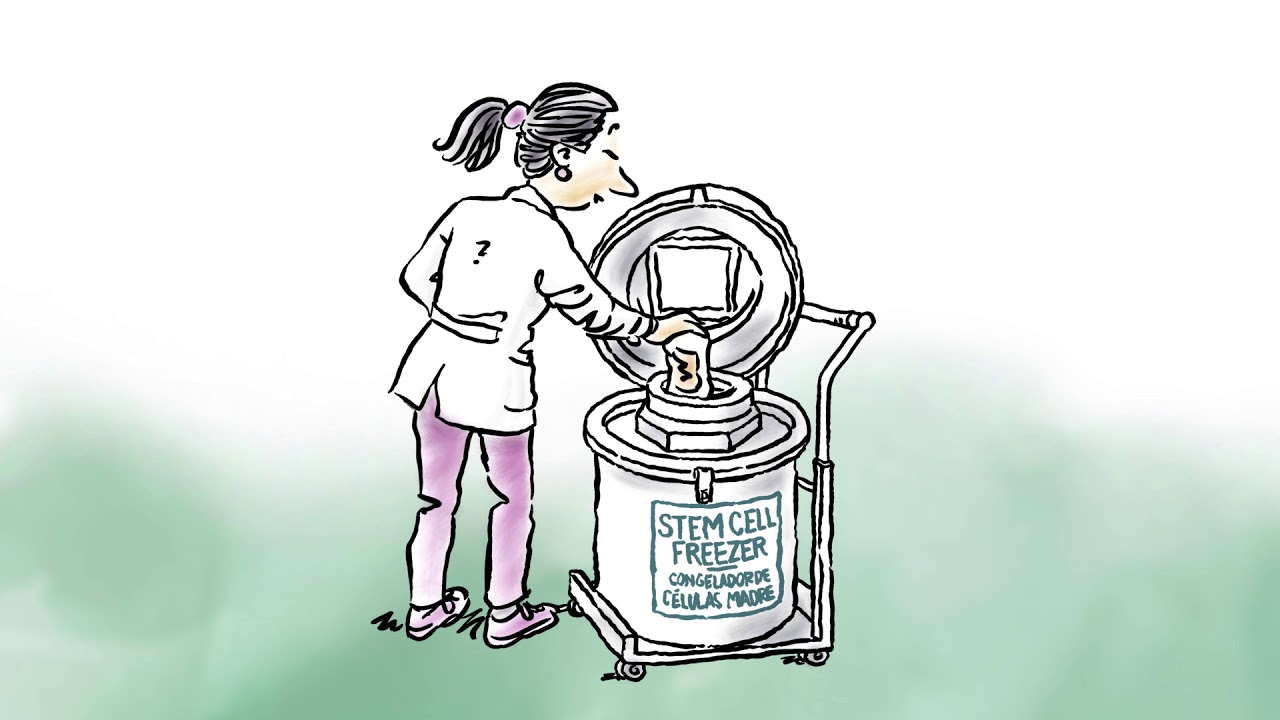What is a Blood Stem Cell Transplant?
A blood stem cell transplant is a medical procedure used to treat people with a variety of life-threatening diseases. More than 20,000 people in the U.S. alone undergo a blood stem cell transplant each year.
The technical name for a blood stem cell transplant is a hematopoietic stem cell transplant (HSCT or HCT). You may also hear the procedure referred to as a:
- bone marrow transplant
- peripheral blood stem cell transplant (PBSC)
- cord blood transplant
Throughout this website, we will use the term stem cell transplant to refer to all three types of transplant.
What are blood stem cells?
Blood stem cells or hematopoietic stem cells, are special cells that generate most of the body's blood cells:
- white blood cells (leukocytes) fight infection
- red blood cells (erythrocytes) carry oxygen to, and remove waste from organs and tissues
- platelets enable blood to clot
Blood stem cells live in the bone marrow - the spongy tissue inside our bones. Blood stem cells are also found in newborn babies' discarded placenta and umbilical cord.
Types of Transplant
There are different types of blood stem cell transplants.
- Bone marrow transplants (BMT) use blood stem cells collected from the bone marrow.
- Peripheral blood stem cell transplants (PBSCT) use blood stem cells collected from the bloodstream.
- Cord blood transplants (CBT) use blood stem cells collected from a newborn baby's discarded placenta and umbilical cord.
The type of transplant also varies according to who provides the cells for the transplant.
- Autologous stem cell transplants use blood stem cells previously collected from the patient.
- Allogeneic stem cell transplants use blood stem cells provided by a donor.
- Syngeneic stem cell transplants use blood stem cells provided by an identical twin.



